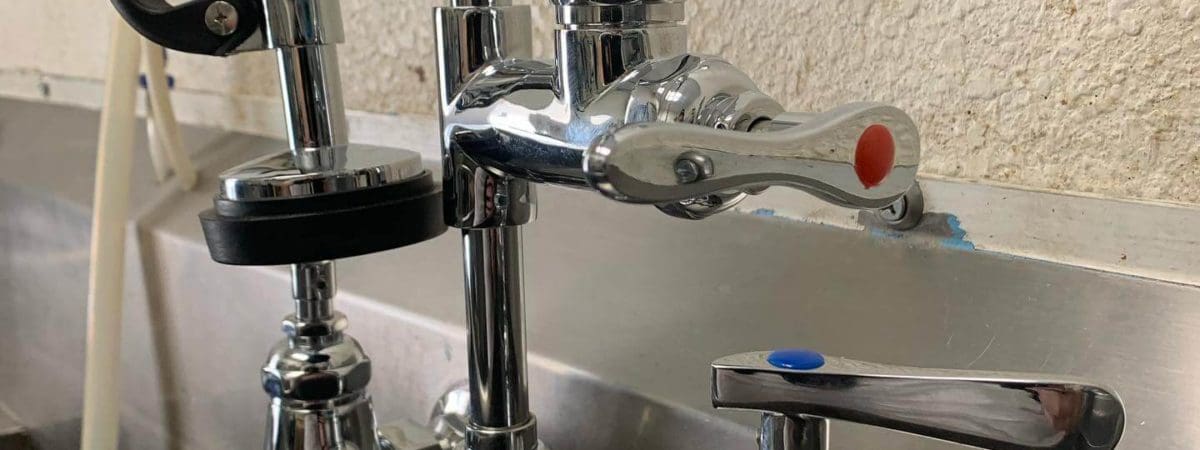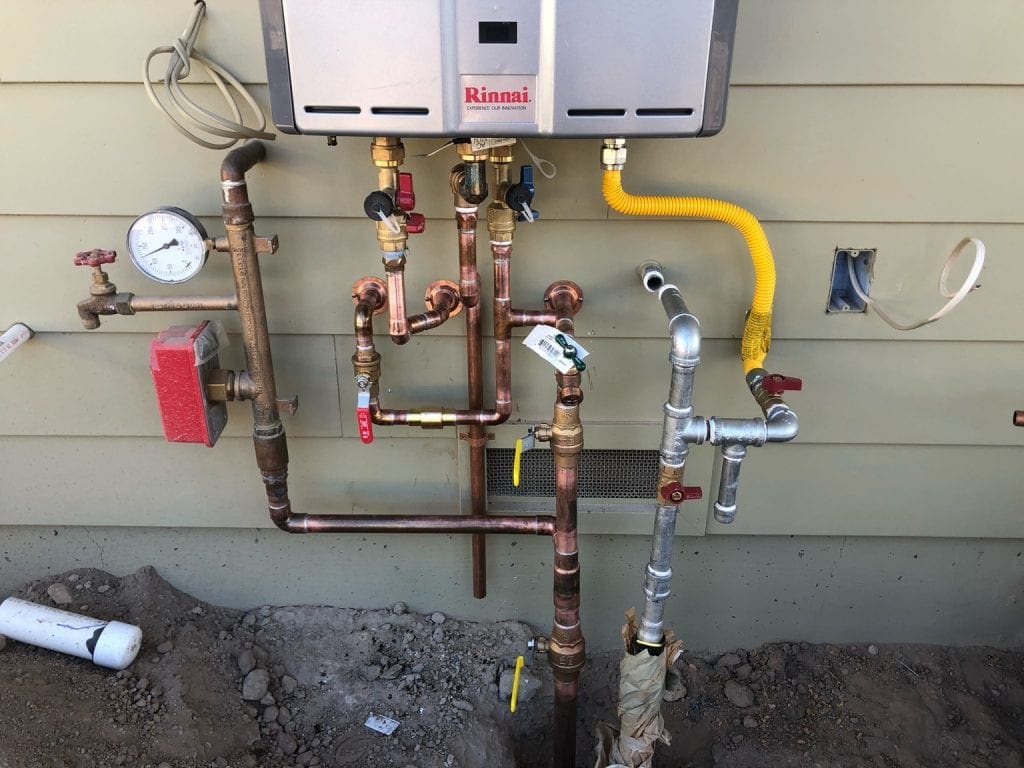Designing kitchens for commercial facilities is much more challenging than designing for a residential home. The design needs to account for higher traffic, more users, and a larger scale. This presents a unique set of challenges for designers and architects.
When designing a kitchen for a commercial facility, small details like kitchen sink faucets will make the kitchen fully functional and accessible.
Let’s look at five aspects that need to be addressed when choosing a commercial kitchen faucet.
1. Quality and Durability
When designing a kitchen for a commercial facility, quality and durability are paramount. It doesn’t matter how beautiful the design, if fixtures such as commercial kitchen faucets aren’t up to the job, the kitchen won’t meet the high demands of the facility. Commercial kitchens see a lot of use so every part of the faucet needs to be of the highest quality.
A commercial kitchen faucet should come with a long-term warranty. Pioneer offers an industry-leading, 10-year commercial installation warranty and a limited lifetime warranty for residential use. If a manufacturer doesn’t offer a valuable warranty, their products may not be up to the standards that your clients need.
2. Faucets That Fit Your Budget
Designers and architects of commercial facilities are always working with a strict budget and timeline. There is very little wiggle room in either, and that means sourcing materials that are of the highest quality, durability but also fit the budget.
When looking for faucets for your clients’ commercial kitchens, it’s important to do your research first. This helps inform your budget and what funds need to be allocated for the various needs. Budgets for kitchens are particularly tricky given the number of details that need to be considered.
But when considering the best kitchen faucet that fits into your budget, long-term considerations should be evaluated. Is the faucet particularly challenging to install or requires specialized expertise? Or maybe the faucet is of lower quality and therefore will need replacing in just a few years.
3. Faucets That Fit the Facility Design
Not all commercial facilities are the same. Designers and architects have particular challenges when designing for commercial facilities because they can range from long-term care facilities and hospitals to schools and restaurants to prisons. Each facility has different needs.
When choosing a commercial-style kitchen faucet, take into consideration the daily functions of the facility’s kitchen. A restaurant kitchen will have different needs than a school kitchen. The requirements of a school kitchen will differ markedly from a hospital.
For larger facilities, and industrial two-handle pre-rinse kitchen faucet will be needed. For smaller facilities, like a private school, a single-handle faucet will work. Determining the daily needs of the facility will help inform what type of commercial kitchen faucet you need.
4. Easy to Maintain
Kitchen faucets in commercial kitchens must be easy to maintain — no exceptions. That means they need to be made of the toughest materials, rust-resistant, and with parts that are easy to purchase and replace should the need arise.
As commercial kitchen faucets are used considerably more than residential ones, simple maintenance is essential. Caring for faucets should be fairly straightforward. A quick wipedown daily will help keep grime and mineral deposits from building up. A weekly inspection will help determine if there are any malfunctions so they can be addressed right away before they become a big problem. On a monthly basis, cleaning out the aerator will extend the life of a kitchen faucet.
5. Residents’ Needs and Accessibility
In commercial facilities like long-term care and schools, there will be a need for greater accessibility. When designing a commercial facility kitchen, considerations such as ease of use, height, and overall kitchen design need to be considered. A faucet that isn’t usable because those using it aren’t able to manage the levers is a kitchen that is inaccessible.
Consider the layout and measurements of the kitchen. Is there room for a mobile or assistive device to navigate? Does the bulkhead above the sink need to be raised or lowered in order to accommodate a specialized faucet?
A kitchen that works is one that works for everyone.



